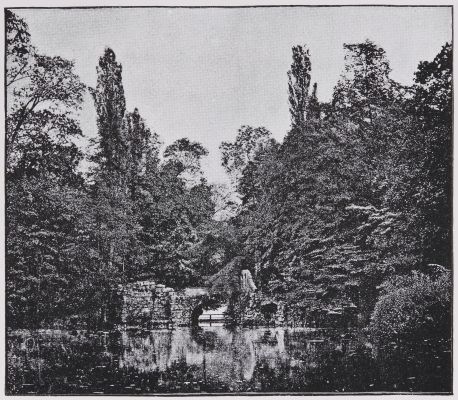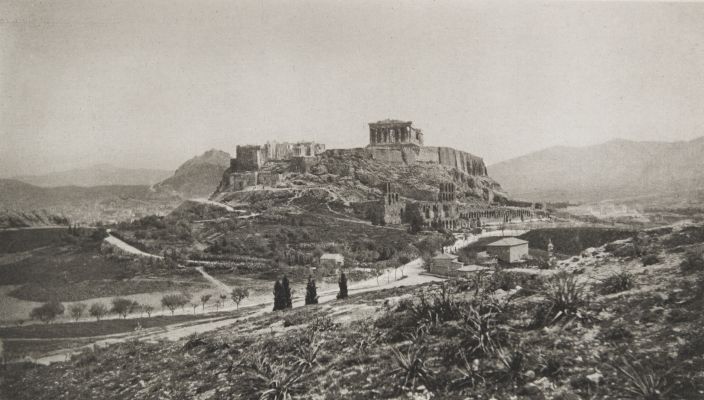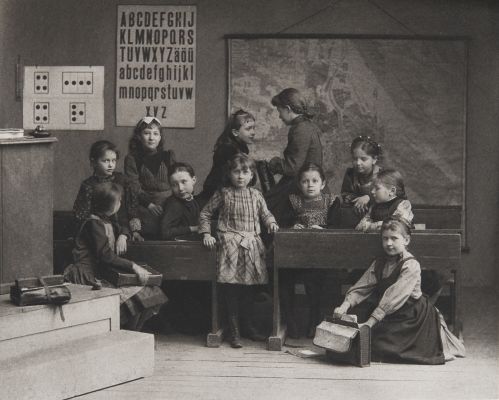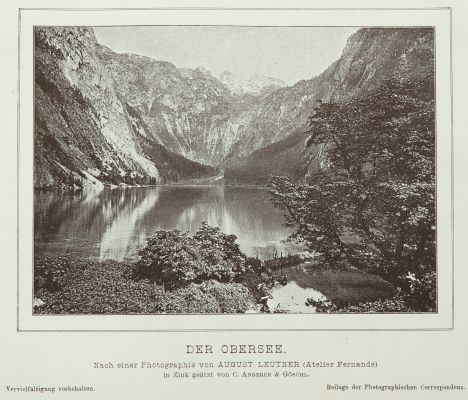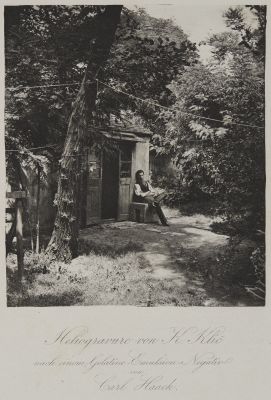
Title
Photozinkotypie Nach Einer Naturaufnahme von Max Jaffé in WienArtist
Jaffé, Max (Austrian, 1845-1939)Publication
Photographische Correspondenz; Organ der Photographischen Gesellschaft in WienDate
1880Process
PhotozinkotypieAtelier
JafféImage Size
10.5 x 11 cmSheet Size
23 x 14 cm
Since the early 1850s the development of photography was documented and supported elaborately by magazines in France, England and Austria, the USA and Germany. None of these early magazines were as relevant as Photographische Correspondenz, particularly in German speaking regions. Founded in 1864, and edited by Ludwig Schrank as a periodical from practitioners for practitioners, with an emphasis on composition and the various genres of photography, including the practical aspects of photography as a fine art. Containing photogravures by Klic, Riffarth, Blechinger,Paulussen, Johannes Bayer, J Löwy, and Wilhelm Cronenberg, the content of the periodical negotiates photo-technical and photochemical innovations, provides guidance for professional photographers, examines new fine print methods as well as scientific, economic and esthetic aspects of photography.
The photographs for the most part came from Vienna studios. High-quality prints dominated its pages, using established reproduction processes that were economically beneficial. The majority of these fine prints were provided provided by Vienna studios and J. Albert, C. Aubel, K. Klietsch, Ch. Reutlinger, and L. Rutherfurd.
Photozincography is a photomechanical method where the stone is replaced with a zinc plate and the plate acts as a lithographic stone, either smooth for line art, or grained for halftone. The image is transferred to the plate using a paper based image and transfer ink.
Max Jaffé developed a Photolithographic Halftone screen process that used a screen of cloth between the negative and the plate, 1877. From Jones’ Encyclopedia “..consisting of printing from an ordinary continuous tone negative on to a collotype prepared plate, with a piece of gauze interposed. Thus a kind of half-tone print was obtained from which lithographic transfers were pulled and put down on metal for etching in relief.” (pg.313) Jaffé’s firm was one of the printers of the finest collotypes, and chromo collotypes particularly of art subjects, well into the twentieth century. The example, as reproduced in the Jahrbuch fur Photographie 1889, has an 85 lines per inch screen. [1]
The halftone collotype processes are hybrid photomechanical processes developed to combine the advantages of both the collotype and halftone processes. Most of these modifications focused on extending the production run of the printing process. The Jaffetype was an early halftone process invented by Max Jaffe in Vienna. [2]
References
[1] Hanson, David A. Checklist of Photomechanical Processes and Printing, 1825-1910. , 2017. p. 70
[2] The Getty Conservation Institute The Atlas of Analytical Signatures of Photographic Processes, collotype
